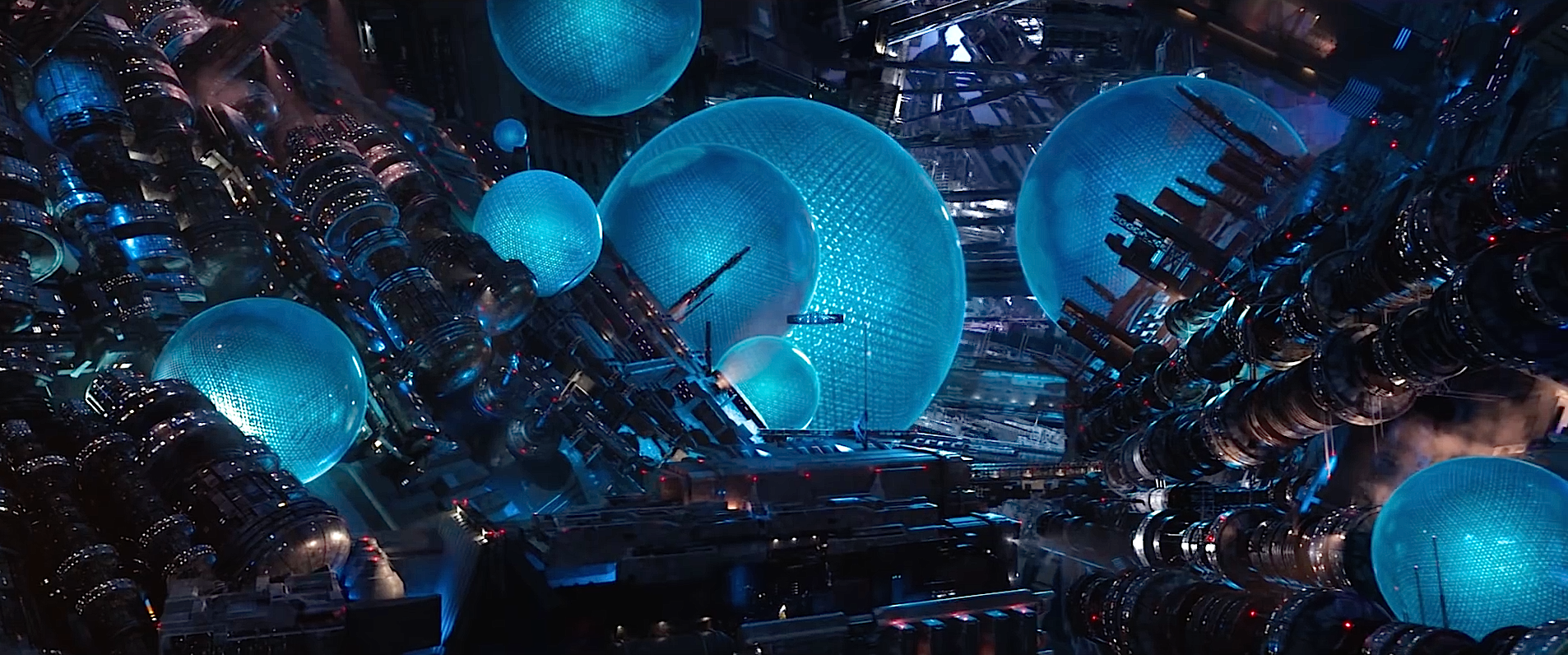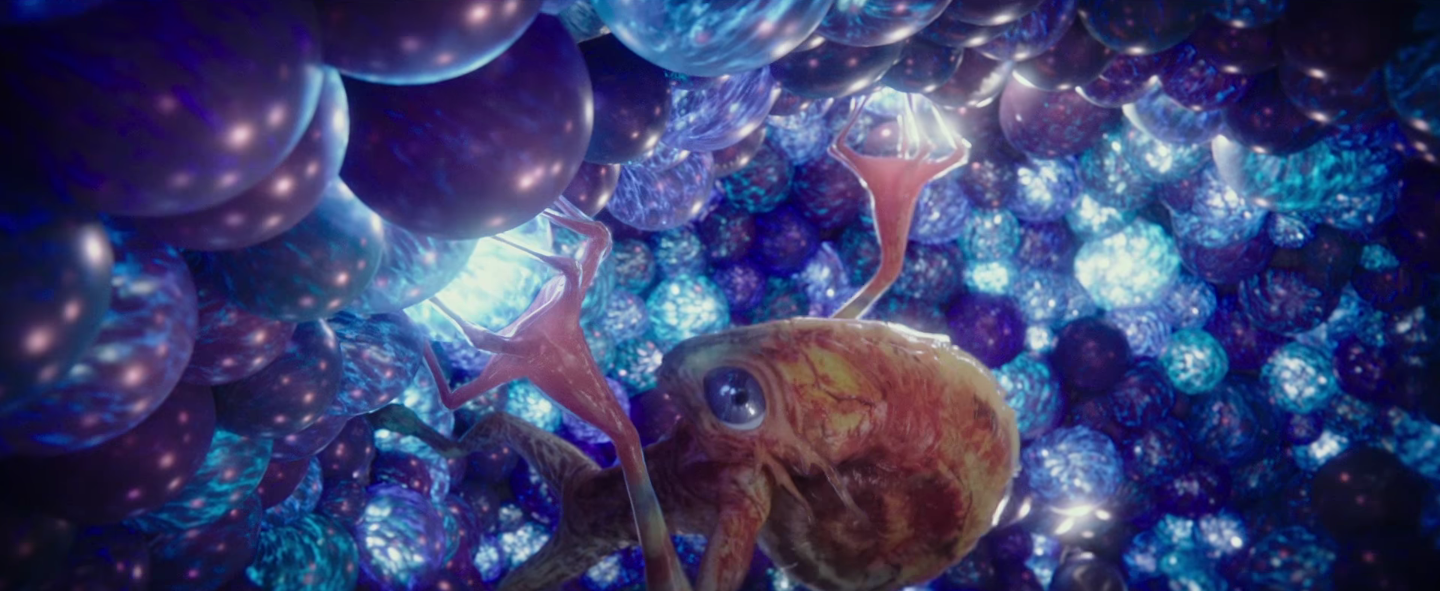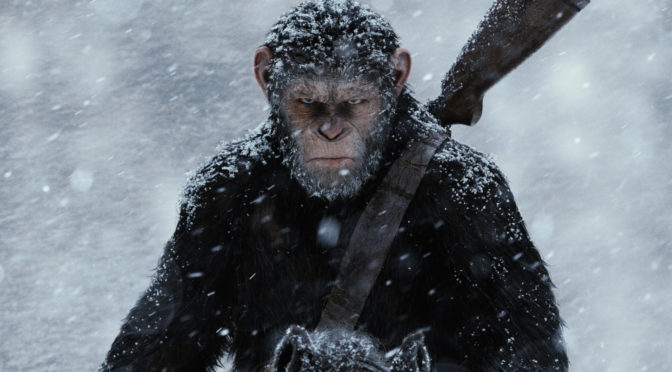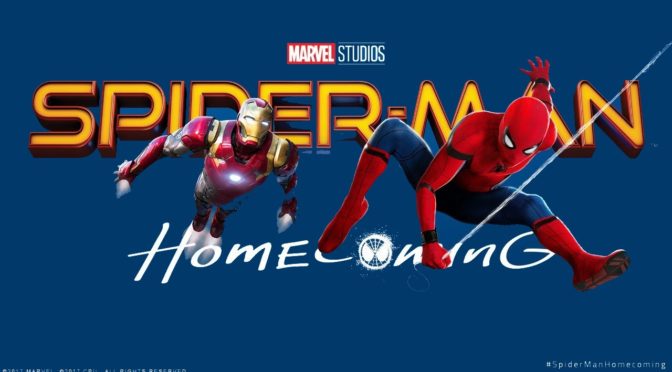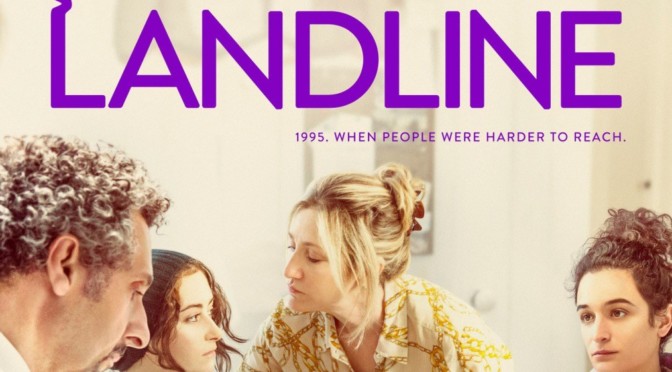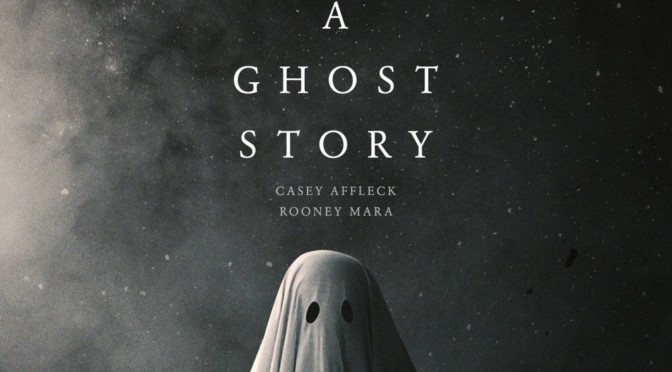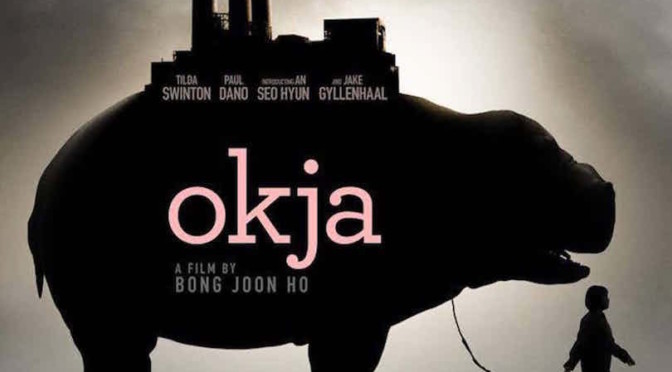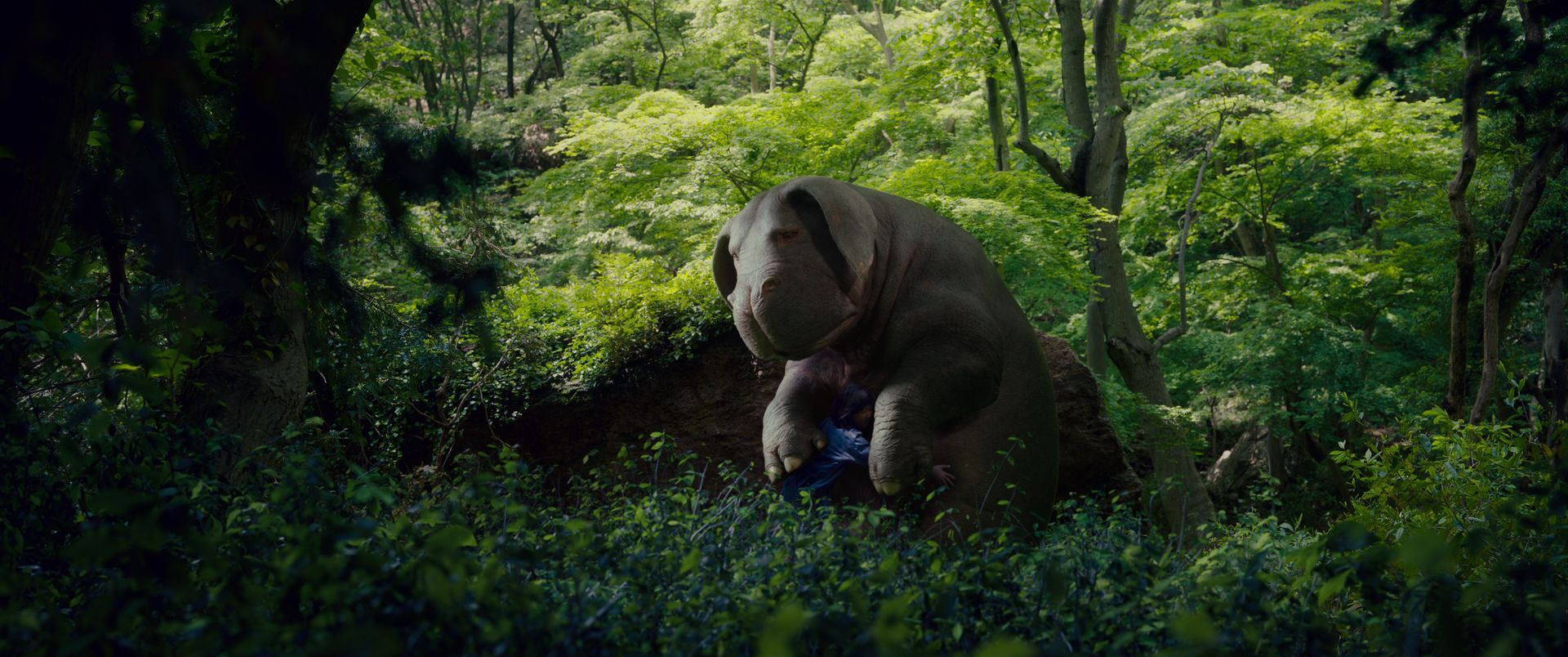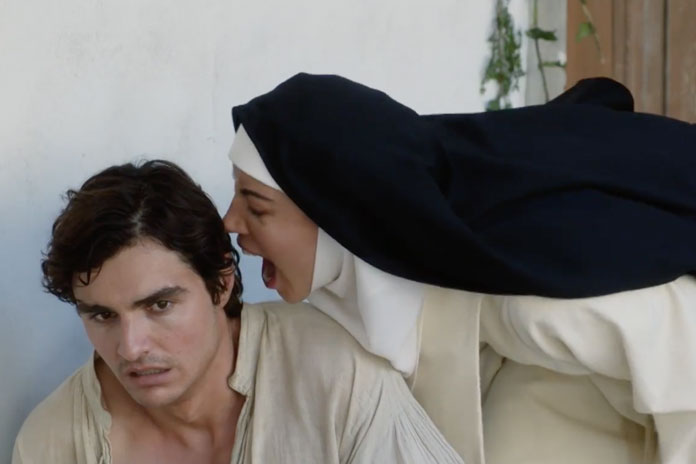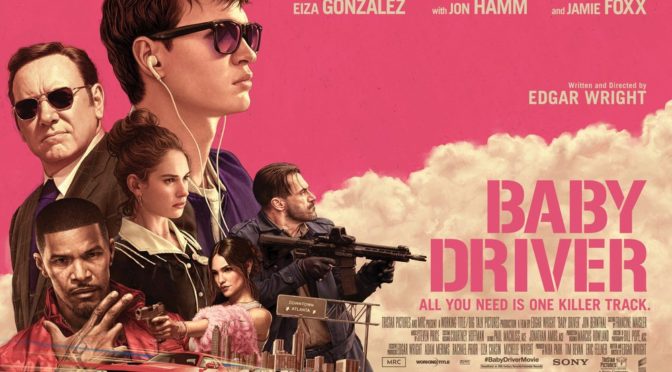After scripting both Sicario and Hell or High Water, Taylor Sheridan made a name for himself as a writer of taut action films; light on exposition but heavy on tension. He makes his directorial debut with Wind River. Jeremy Renner (The Hurt Locker) plays Cory, a US Wildlife Service agent that stumbles upon a dead body in the Wind River Native American reservation. He recognizes the body as the best friend of his daughter, who also died years earlier. He, along with the under-resourced local police and FBI agent Jane (Elizabeth Olsen; Martha Marcy May Marlene), search for her killer in the harsh backdrop of frigid Wyoming.
Renner commits an admirable effort, but is miscast. He elongates his speech and uses short sentences to make himself seem world weary, but his still isn’t believable as the character. 25 years ago, this role would have been played by Tommy Lee Jones. His performances always feature a curt directness that suits Cory’s mountain man characterization but Renner can’t match Jones’s brand of gruff credibility. Olsen’s ingénue helps him seem experienced in comparison, but his performance falls just short of the verisimilitude needed.
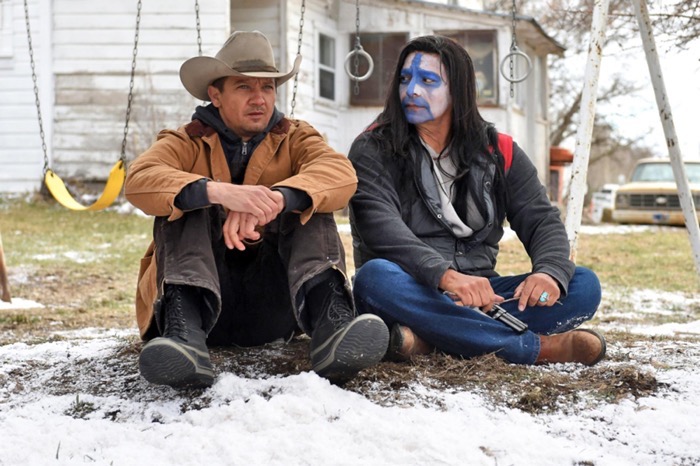
For all of Sheridan’s history with succinct writing, this is his weakest script. It’s still well-written with a twisting plot far above most other films, but has some clumsy dialogue and exposition. The film begins with a flowery poem that never amounts to anything and the tragic backstory about Cory’s daughter is awkwardly repeated, even in scenes where it has no relevance. The entire subplot is a manufactured method to make Cory more sympathetic but has little material effect on his behavior. His actions would have been the same without it and the film would have benefited from reduced exposition. Sheridan frequently shifts the focus back to Cory’s past at the expense of the greater story: the plight of the Natives in modern America. Perhaps without the extra eyes of a different director, some of these missteps made it through to the final version.
Many will compare this film to the Coen brothers’ Fargo. Yes, it features a murder in a wintry rural setting, but that is where the similarities end. While there are brief moments of humor, Sheridan isn’t interested in the sardonic wit of the Coens. The closest analog is Debra Granik’s Winter’s Bone. Both films are about the fringes of society and the suffering of the people who reside there. The Native reservation is depicted as a desolate place. A land and a people that have been mistreated for so long that hope is a thing of the past. Several characters are shown as frustrated with the systemic disadvantages they face and the vicious cycles they are limited to. When Jane sees the victim has been raped and asks if their medical examiner is qualified, the police chief answers simply “He’s kept busy.” Everything has an air of accepted despair. Sheridan aptly uses this as the prevailing tone of the film. The overwhelming misery creates apprehension. Injustice is a daily occurrence so the prospect of failing the investigation has a high possibility. It surely wouldn’t be the first unsolved crime for the area. By ingraining the futility of reservation life into the plot and atmosphere, Sheridan creates an action film with a tense, discomforting bleakness.

4/5 stars.


